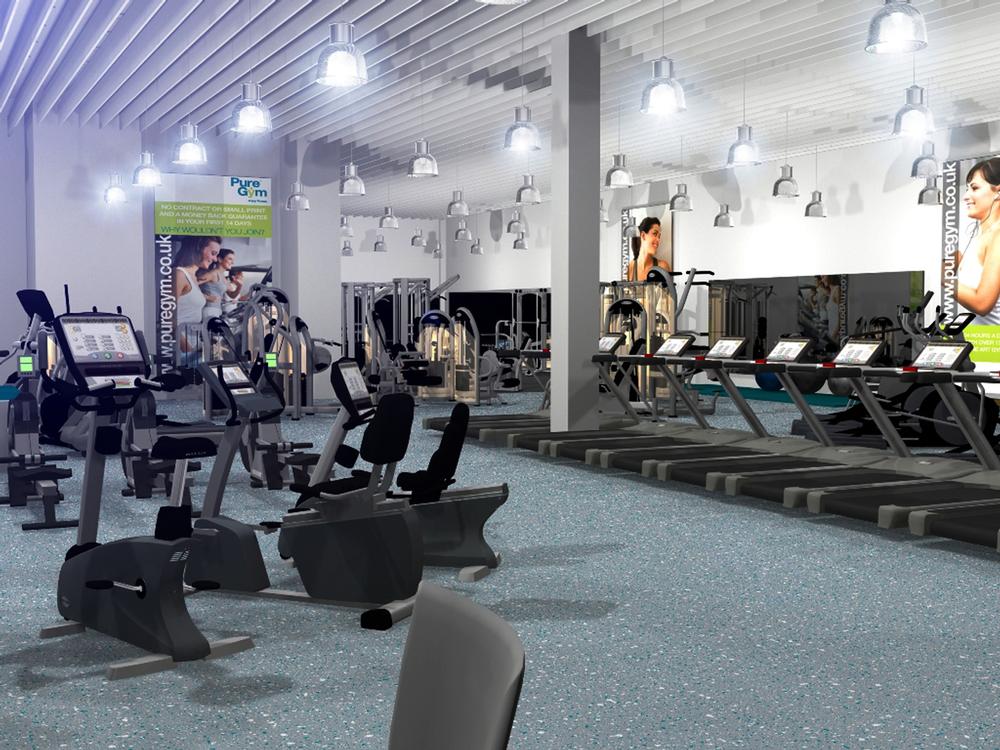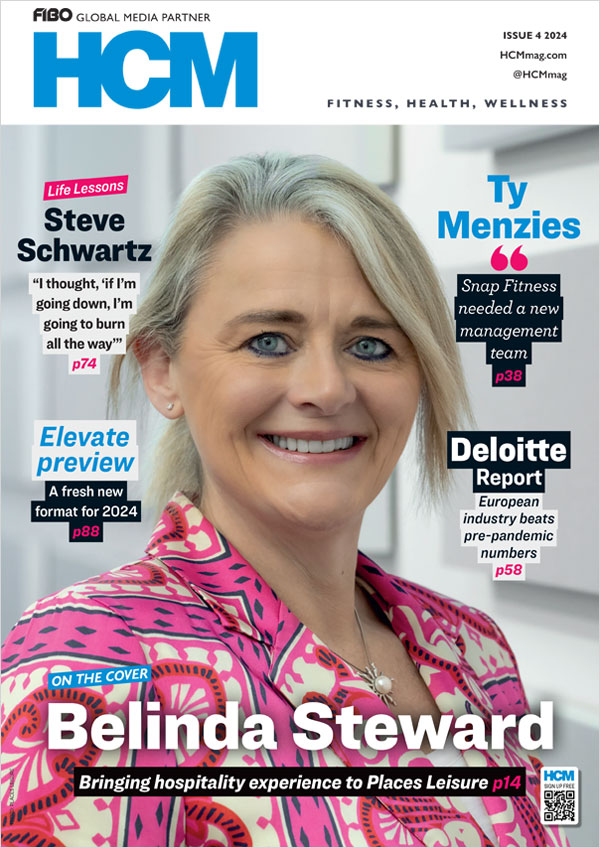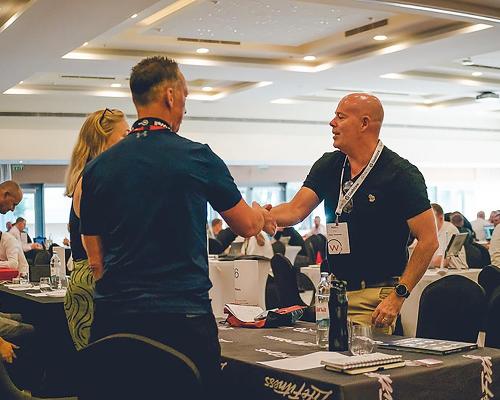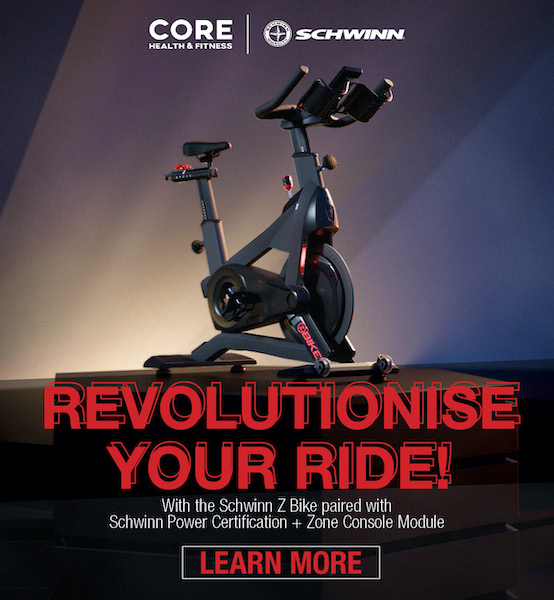features
Management series: Strategic thinking
In the first part of our new management series, produced in collaboration with CIMSPA, Dr Michael Cassop-Thompson looks at the strategic management of health clubs
Duncan Bannatyne recently claimed that cutting prices in three of his health clubs had damaged the brand, stating that the “wrong sort of customers”, displaying poor behaviour, had taken advantage of the reduced rate. It was therefore with interest that I read the subsequent feature in Health Club Management, which canvassed experts for their views on Bannatyne’s comments (see HCM Jan 14, p36).
One point in particular caught my eye: Dr Paul Bedford explained how one of his clients dropped his price “to compete with budget gyms… it destroyed the business”. This example is illuminating: seemingly minor decisions have far-reaching effects. In the same feature, ukactive CEO David Stalker made the point that “altering price is a strategic decision” and that moving to a low-cost operation is a “more complex science than pricing”. I would agree.
Indeed, in his low-cost sector report of 2012, Ray Algar reminds us that a budget gym is about more than just a low price, with tech-driven, self-service, 24-hour opening, a narrow proposition in terms of range of services, minimal staffing – and a low price.
On reflection, what strikes me is that – rather than this being a problem of discounting (which in itself can devalue a brand if not carefully applied) some health and fitness clubs have fundamentally changed their strategy without fully realising the implications.
The purpose of this article is, therefore, to provide a perspective as to how strategy may be addressed – specifically, traditional, deliberate, competitive strategy.
What is strategy?
Strategy is a concept that has multiple meanings and levels. What is strategy? Can strategy be planned? Does strategy emerge? Or do markets simply decide which organisations, irrespective of organisational strategy, are successful? All these are questions of merit, and the approach you adopt will be informed by the way you answer them. Generally though, strategy tends to be viewed as “the long-term direction of an organisation” (Johnson et al, Fundamentals of Strategy, 2012).
Deliberate strategy – as covered in this article – is concerned with how an organisation achieves a competitive advantage over its rivals by using a number of strategic management processes: strategic analysis, strategic formulation and strategic implementation. This final element includes monitoring and control.
Although portrayed as a science by many, the number of components and decisions inherent as the strategic processes unfold – and as the various processes overlap – suggests that to view strategy making in this light may be unwise. Basically ‘you pays your money and you takes your choice’.
However, implemented effectively, these strategic processes can be used by companies to identify competitive advantage in the shape of a differentiated blend of unique activities that prospects and customers of their specific business will value: the unique experiential features found at some high-end health clubs, for example, or the combination of low price, convenience and functionality found at low-cost clubs.
Strategic analysis
Strategic analysis is concerned with understanding the organisation’s position within its environment. This includes an analysis of the organisation’s external environment, its competitive environment, its market segments and an assessment of the organisation’s internal environment – including understanding its strategic capabilities, which may help or hinder strategy.
Overall then, a strategic analysis is concerned with knowing your external business context, your competitors and how you fare against them, your potential and actual customers and your internal strengths, weakness and capabilities. This knowledge allows organisations to use their strengths to exploit opportunities while minimising their weaknesses and threats.
The value of this deliberate approach can be viewed within the health club sector itself. UK health club operators struggling to combat the emergence of low-cost competition from the likes of Pure Gym and The Gym Group would have seen weak signals from the external environment as far back as 2006, and in the years since then. These signals could have been detected during a strategic analysis and strategies formulated to mitigate their impact.
Currently, other signals from the external environment suggest that future provision of physical activity may involve, as Algar calls it in his 2014 market report, ‘salami slices’. For example, group indoor cycling classes – traditionally provided by health clubs – are now being appropriated by specialist microgym providers such as Boom Cycle and Psycle, particularly in markets like London.
Strategic analysis aids the formulation of strategy by alerting health clubs to these signals, rather than being blindsided by them.
Furthermore, a bridge can be created between the strategic analysis stage and strategy formulation by incorporating an additional piece of analysis: analysis of organisational purpose. This includes considering organisational stakeholders and understanding organisational culture. Also critical is having a clear sense of why the health club exists (its mission), knowing its desired future state (its vision) and having objectives that need to be achieved for health club success.
In light of the totality of this strategic analysis, future strategic objectives may be set. From there, strategies can be formulated to try to achieve objectives.
Strategic formulation
Competitive strategy concerns setting the health club apart from its competitors. Although competitive advantage can be short-lived, as other clubs attempt to imitate and erode the advantage, correctly formulated strategy may prevent this. Certainly, the attempt to mimic low-cost provision resulted in failure for Dr Bedford’s client, while Bannatyne was also less than happy with the results of his attempt.
Competitive advantage that supports customers’ true value seeking (which might just as easily be a high-end, experiential, service-driven offering as a low price tag), that’s built on rare strategic capabilities, that’s difficult for competitors to replicate and that has no obvious substitutes is desirable.
Many strategies can be used to try to achieve competitive advantage. However, Michael Porter’s 1985 suggestions endure. In Competitive Advantage: Creating and Sustaining Superior Performance, he suggests organisations should select from cost leadership, differentiation and focus strategies.
Firstly, cost leadership concerns the health club minimising its own costs through efficiencies in equipment, staffing and processes. This allows a lower price to be charged to customers while still offering an acceptable quality – a strategy that local authority leisure centres might have adopted prior to the arrival of the low-cost health club.
Secondly, differentiation strategy concerns – as the name suggests – making your health club different from other health clubs. Differentiation could be created in the elements of your offering most valued by customers: unique services, excellent quality, different customer experiences, continuous new innovations – or indeed many other dimensions in which differentiation may be achieved.
Finally, focus strategies concern using either cost leadership or differentiation, but targeting the health club’s efforts towards meeting the needs of a very focused market segment. For example, specialist cycling microgym Psycle will, according to founder and CEO Colin Waggett, “feel nothing like a gym or your typical indoor cycling class”. As Algar observes in his 2014 report: “What consumers really like about these concepts is that they are highly focused.”
Strategic implementation
Once strategy is formulated, the organisation needs to be appropriately configured and resourced to implement the strategy. The old cliché that strategy failed because the implementation was poor does hold water. Four key areas are of relevance: organisational structure, organisational systems, being able to lead organisational change, and monitoring and controlling strategy.
Organisational structure concerns having the correct workforce configuration to ensure facilitation of effective and efficient communication, establishing clear roles, responsibilities and knowledge dissemination. The structure adopted needs to be flexible enough to deliver the strategy.
Organisational systems guide various activities within the entity, to support the structure adopted. For example, planning systems (ie resource utilisation), cultural systems (ie behavioural requirements), performance and control systems (ie measurement of outputs), and market systems (ie procurement) are all fundamental to successful strategy implementation.
Strategy also involves change, and an organisation’s leadership needs to be able to diagnose the type of change required, be familiar with the environment within which the change takes place, understand the levers to help stimulate change, and be capable of leading strategic change programmes. No mean feat, but these are key areas worthy of serious consideration.
Finally, to ensure strategy is progressing suitably, monitoring and control needs to be ongoing. Monitoring is concerned with tracking key elements of the strategy, while control is taking action to correct variances as they arise.
In their 2006 article, Using the balanced scorecard as a strategic management system, Kaplan and Norton suggest that putting metrics in place to monitor a wide range of measures – financial, customer, learning and growth and internal processes – can facilitate both monitoring and control. Each area is broken down into KPIs, with the aim being to close any fractures that may arise between strategy and action.
This approach allows club managers to monitor and control progress holistically, rather than focusing on narrow financial measures alone.
Seek further knowledge
Strategy and how it’s approached is a much-debated topic, and this article has proposed a single perspective. To address organisational requirements, I’d encourage multiple perspectives to help gain a richer understanding of strategy. In the health club sector, application of deliberate strategy processes as detailed in this article may be one such perspective – but certainly not the only perspective worthy of consideration.
Strategic Analysis Tools
Key tools used in a strategic analysis might include:
* External analysis tools: PESTLE analysis and scenario planning
* Competitive analysis tools: Five Forces analysis, strategic groupings, industry lifecycles and market segment analysis.
* Internal analysis tools: value chain, capability analysis, benchmarking and SWOT analysis.
Dr Michael Cassop-Thompson is a CIMSPA Fellow. He has worked in the education, leisure, sport and physical activity industry for more than 25 years.
Twitter @drmct114
Email [email protected]

















































































